Top Signs and Symptoms of Dog Dehydration Every Owner Should Know
Recognizing the signs and symptoms of dog dehydration is crucial for any pet owner. This article highlights key indicators like dry gums, skin that doesn’t snap back quickly, and sunken eyes, along with how dehydration affects behavior and prevention tips.
Key Takeaways
-
Recognizing early signs of dehydration, such as dry gums and loss of skin elasticity, is crucial for timely intervention.
-
Common causes of dog dehydration include heat exposure, persistent vomiting and diarrhea, and insufficient water intake.
-
Preventive measures like ensuring constant access to fresh water and using hydration solutions can significantly reduce the risk of dehydration in dogs.
Recognizing Dehydration in Dogs
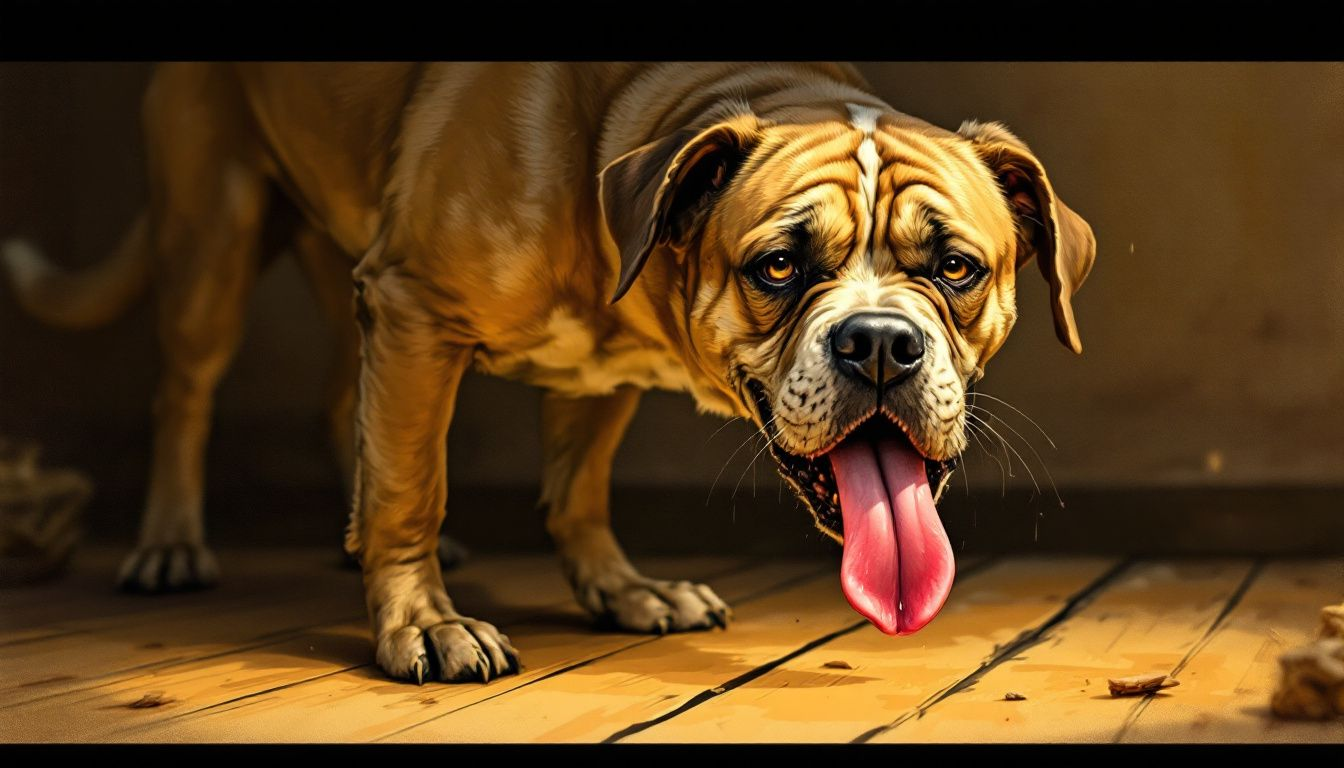
Water is crucial for almost every function in a dog’s body. It helps regulate temperature, supports organ function, lubricates joints, and aids digestion. Dehydration can disrupt these processes and cause severe health issues like impaired blood flow and muscle function.
Dehydration in dogs occurs when fluid loss exceeds intake through processes like panting, urination, and evaporation. As a dog’s dehydration progresses, the body compensates by drawing water out of its cells, leading to electrolyte loss and further complicating the situation.
If left untreated, severe dehydration can lead to conditions such as kidney failure and organ failure, making it crucial for pet owners to recognize the early signs and take action promptly. Knowing how dehydration happens and its potential consequences helps ensure your dog stays healthy and well-hydrated.
Common Signs of Dehydration in Dogs
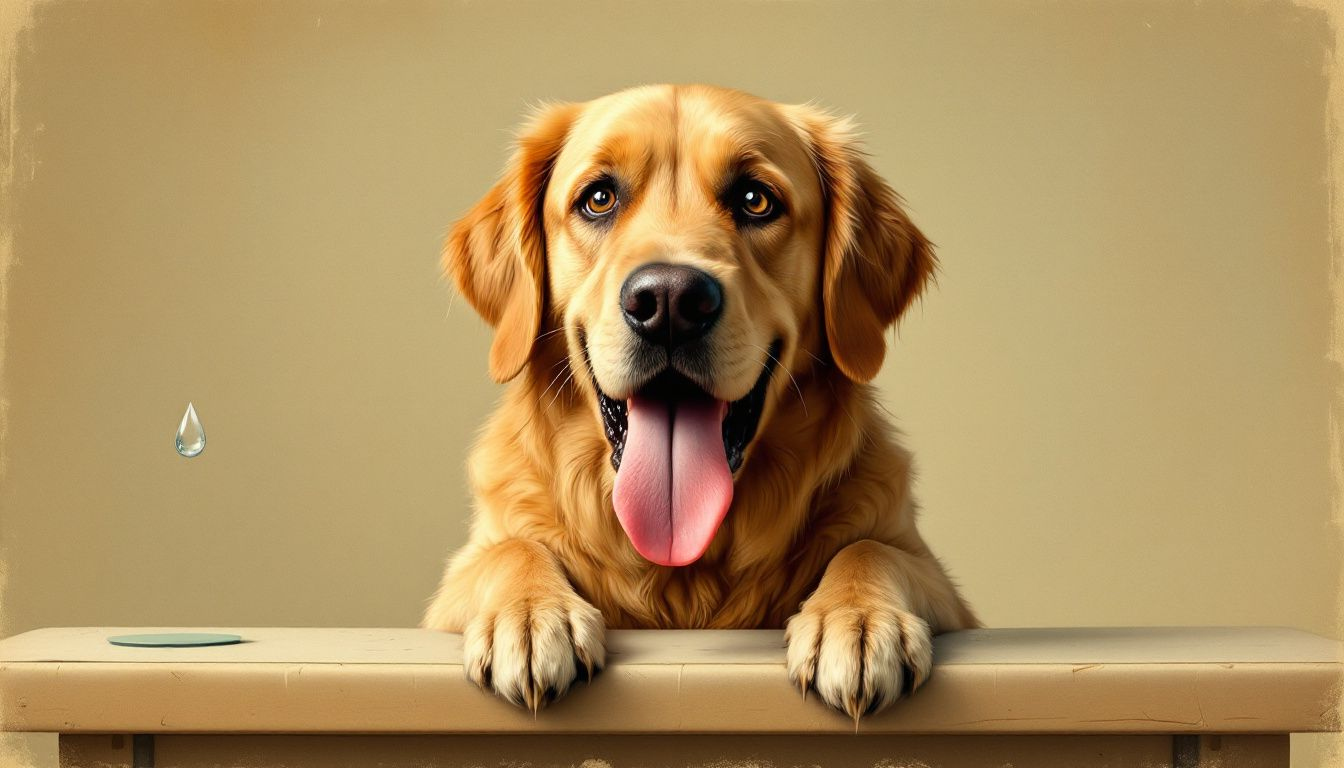
Identifying the early signs of dehydration in dogs is important for their health and recovery. Common signs include dry gums, loss of skin elasticity, sunken eyes, and excessive panting. These symptoms can indicate your dog’s hydration status and help you act promptly.
Dry Gums
One of the clearest signs of dehydration in dogs is dry or sticky gums. Healthy dog gums should appear pink, moist, and shiny, indicating good hydration.
Dry gums indicate later stages of moderate dehydration and require immediate attention.
Loss of Skin Elasticity
The skin tent test reliably assesses skin elasticity. Gently pinch the skin on the back of your dog’s neck, lift it, and release.
In well-hydrated dogs, the skin quickly springs back. In dehydrated dogs, it takes longer to return to its original position, indicating a loss of elasticity.
Sunken Eyes
Sunken eyes can indicate serious dehydration. Seek veterinary assistance promptly if you observe this, as it signifies a critical level of dehydration.
Excessive Panting
Excessive panting can signal dehydration or other health issues. Dehydrated dogs may struggle to regulate temperature, leading to excessive panting to cool down.
Besides dehydration, excessive panting can indicate respiratory issues, anxiety, or heatstroke.
Behavioral Changes in Dehydrated Dogs
Dehydration doesn’t just affect a dog’s physical health; it also impacts their behavior. Symptoms of dehydration include loss of appetite, vomiting, reduced energy, and thick saliva. These behavioral changes often indicate something is wrong, so pet owners should be vigilant.
Lethargy
Dehydration often leads to decreased energy and interest in usual activities. A dehydrated dog typically shows less energy and enthusiasm for physical activities.
Confusion or Disorientation
In advanced stages, dehydration can cause confusion or disorientation due to impaired brain function from electrolyte imbalances. This can manifest as a lack of recognition of familiar surroundings or general confusion.
Causes of Dog Dehydration
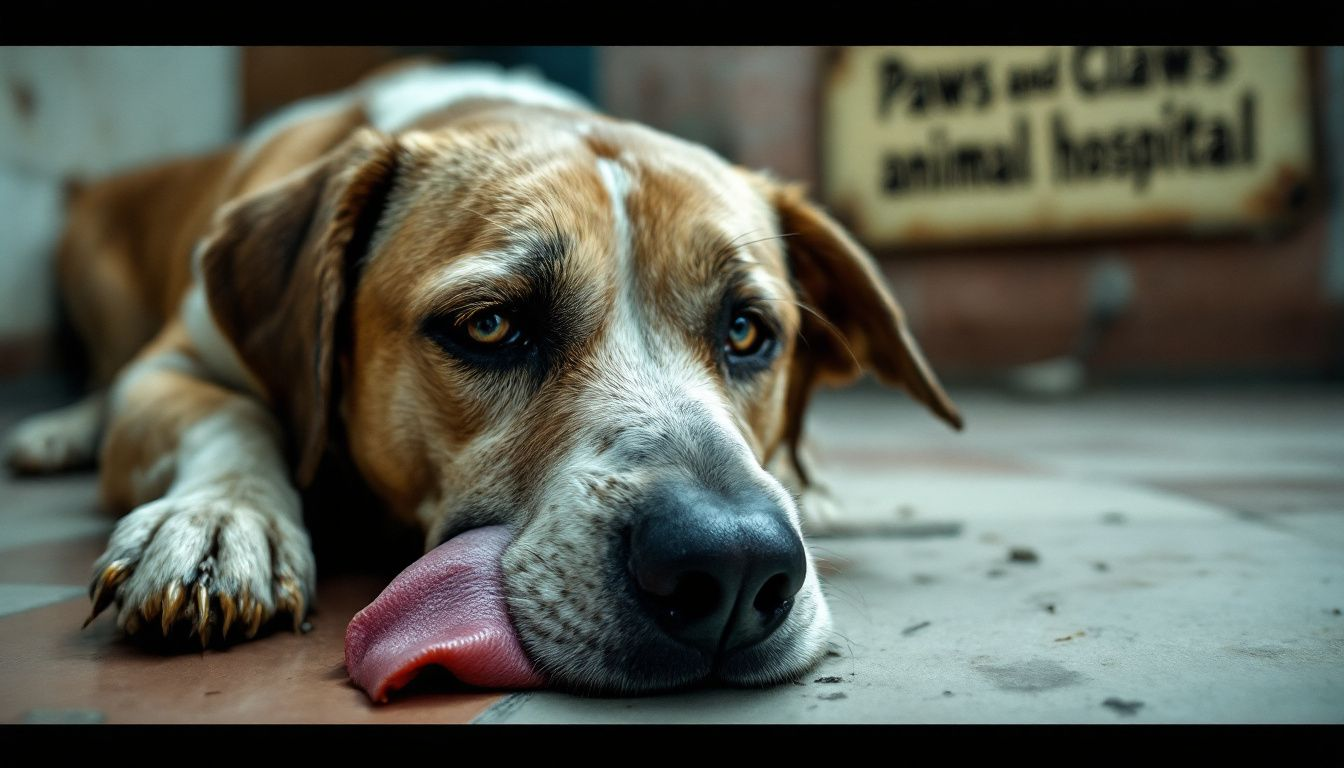
Understanding the causes of dehydration can help pet owners take preventative measures. Common causes include heat exposure, persistent vomiting and diarrhea, and insufficient water intake. Elderly dogs, puppies, and nursing mothers are at greater risk, as are dogs with chronic illnesses like kidney disease, Cushing’s disease, and diabetes.
Ensure your well hydrated dog consumes enough fluids daily to stay hydrated and healthy.
Heat Exposure
In hot weather, dogs need more water to avoid dehydration. Heatstroke can occur from being in an enclosed vehicle, strenuous exercise, or non-stop seizures. Overweight and brachycephalic breeds are more prone to heatstroke, so limit their outdoor time and keep them in air-conditioned spaces.
Persistent Vomiting and Diarrhea
Ongoing vomiting and diarrhea result in severe dehydration due to significant fluid loss. Puppies with parvovirus are commonly dehydrated because they experience constant vomiting and diarrhea.
If vomiting or diarrhea persists for more than 24 hours, take your dog to a veterinary care hospital immediately.
Insufficient Water Intake
For instance, a 25-pound dog should drink approximately 3 cups of water daily. Some dogs might not drink enough due to lack of encouragement or excessive exercise. Illnesses like nausea or behavioral factors can also cause them to refuse water.
Check water bowls daily to ensure they are filled with fresh water.
At-Home Tests for Checking Dehydration
Quick assessments at home, like checking skin elasticity and gum moisture, can lead to early detection and timely intervention, ensuring your dog stays healthy and well-hydrated.
Skin Tent Test
The skin tent test is used to check for dehydration in dogs. Lift the dog’s skin near the shoulder blades and observe how quickly it falls back.
If a dog is dehydrated, the dog’s skin will stay tented and fall back slowly.
Gum Moisture Test
Dry and tacky dog’s gums indicate mild dehydration in a dog, signaling the need for further assessment. Healthy gums should be pink and moist.
Regular monitoring of your dog’s gum condition can help detect dehydration early and prompt appropriate action.
Immediate Actions if Your Dog is Dehydrated
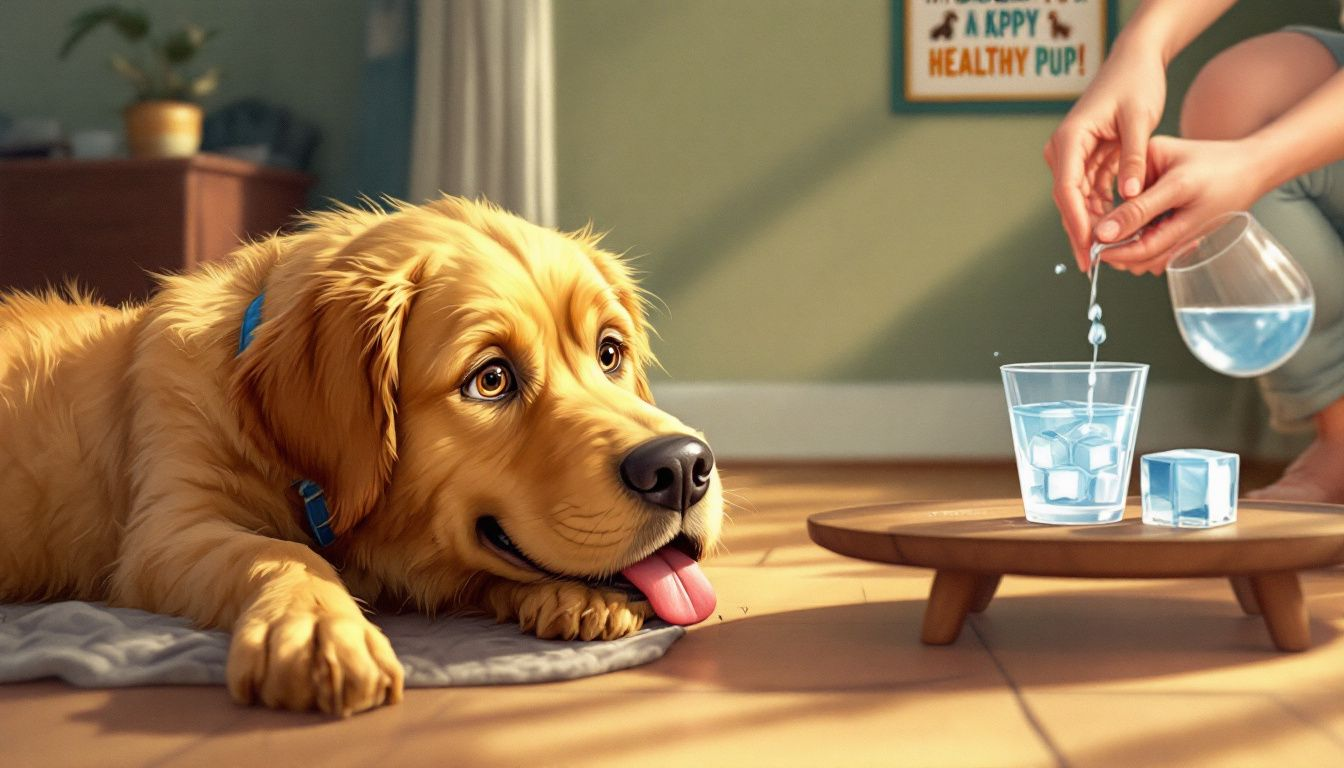
Offer small amounts of water frequently to aid in mild dehydration recovery. Avoid letting your dog drink excessive water quickly to prevent vomiting. Ensure access to fresh, cool water. Increase hydration by adding broth or water to dry food. Electrolyte solutions can also help rehydrate dogs with mild dehydration.
Contact a veterinarian immediately if your dog shows signs of shock or dehydration. Take your dog to the vet if they exhibit symptoms of dehydration or persistent vomiting. If your dog can’t keep food or water down, contact your local veterinarian or an emergency clinic immediately.
Dry gums can indicate advanced stages of dehydration, reflecting a more serious condition.
Preventing Dehydration in Dogs
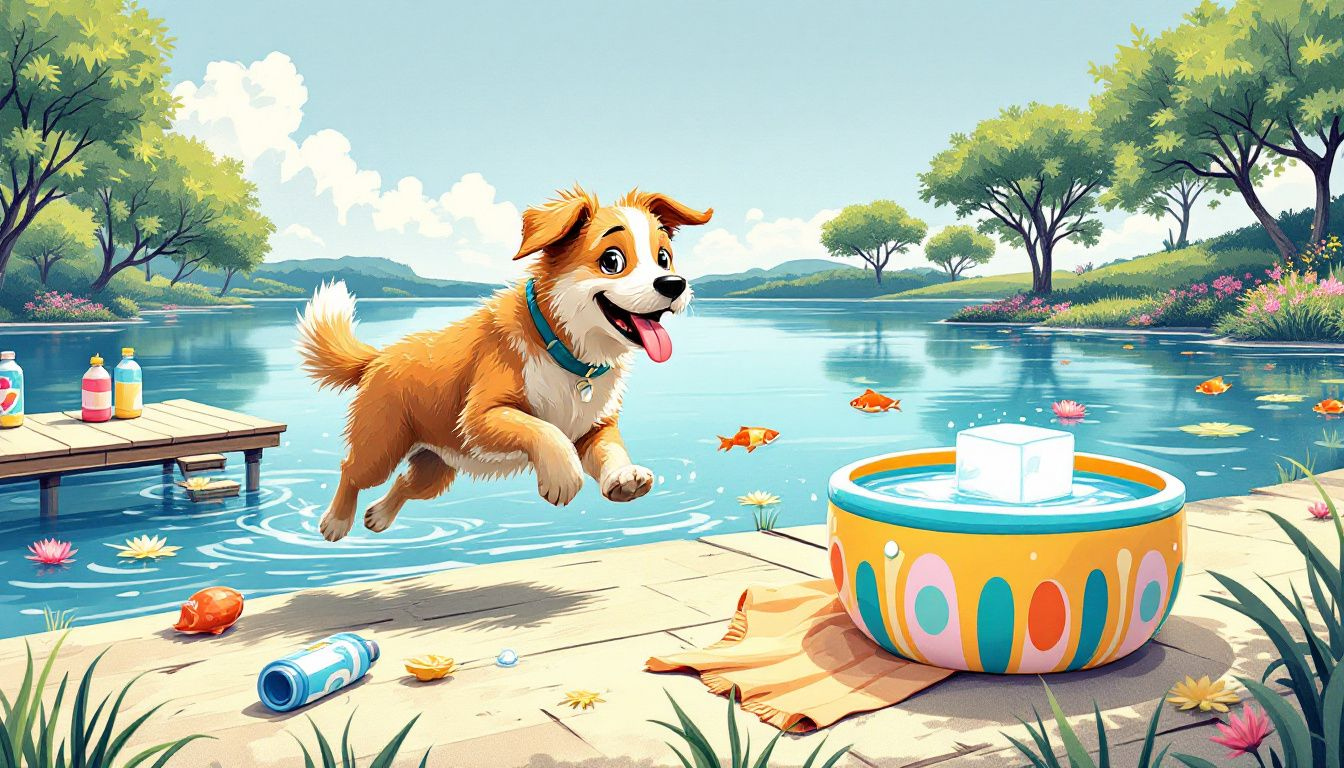
Prevention is better than cure. Dogs should drink about one ounce of water per pound of body weight daily. Consistent access to clean water, especially during hot weather or after exercise, is crucial for hydration.
Ensure Constant Access to Fresh Water
Monitor water consumption to prevent dehydration. Place water bowls in various locations around your home to promote better drinking habits. Frequent water changes can make it more appealing and encourage dogs to drink more.
For picky drinkers, consider flavoring their water or providing ice cubes to chew on.
Monitor Water Intake During Exercise
Dogs need more water in hot conditions to counteract fluid loss. Increased water may be necessary on certain days due to weather, temperature, and activity level changes.
Ensure sufficient water availability during exercise and hot weather to prevent dehydration.
Use Premium Hydration Solutions
LYX Hydralicious Mix blends coconut water and broth to enhance hydration. Electrolyte solutions help maintain hydration levels in dogs experiencing vomiting or diarrhea.
Products like LYX Hydralicious Mix can promote optimal hydration for dogs.
The Science Behind LYX Hydralicious Mix
LYX Hydralicious Mix provides essential hydration for dogs of all ages, supporting wellness, anxiety, and aging. This blend of coconut water and savory chicken or beef broth enhances taste and encourages hydration. Studies show that dogs naturally drink more with flavored hydration, making LYX Hydralicious Mix more appealing to dogs.
LYX is committed to helping dogs stay hydrated, healthy, and happy through scientifically crafted solutions. By incorporating natural ingredients and focusing on the specific hydration needs of dogs, LYX Hydralicious Mix stands out as a premium hydration solution for pet parents.
Summary
In summary, recognizing and addressing dehydration in dogs is crucial for their overall health and well-being. By being aware of the signs and symptoms, understanding the causes, and taking immediate action, you can ensure your dog stays hydrated and healthy. Preventive measures, such as providing constant access to fresh water and using premium hydration solutions like LYX Hydralicious Mix, can make a significant difference. Stay vigilant, stay informed, and keep your furry friend happy and hydrated.
Frequently Asked Questions
What are the early signs of dehydration in dogs?
The early signs of dehydration in dogs are excessive panting, sunken eyes, dry gums, and decreased skin elasticity. Addressing these symptoms promptly is crucial for your dog's health.
How can I check if my dog is dehydrated at home?
To check if your dog is dehydrated at home, perform the skin tent test by pinching the skin on the back of their neck and observing if it quickly returns to normal. Additionally, examine the gum moisture by checking for dryness or stickiness. If your dog shows signs of dehydration, consult your veterinarian.
What should I do if my dog shows signs of severe dehydration?
If your dog shows signs of severe dehydration, such as sunken eyes or extreme lethargy, it is crucial to seek immediate veterinary care. Additionally, you can offer small amounts of water frequently, but avoid giving large quantities at once.
How much water should my dog drink daily?
Your dog should drink about one ounce of water per pound of body weight each day. For instance, a 25-pound dog would need around 3 cups of water daily.
Are there any premium hydration solutions for dogs?
Yes, premium hydration solutions like LYX Hydralicious Mix, which features coconut water and savory broth, are excellent for enhancing hydration in dogs, especially those dealing with vomiting or diarrhea.

